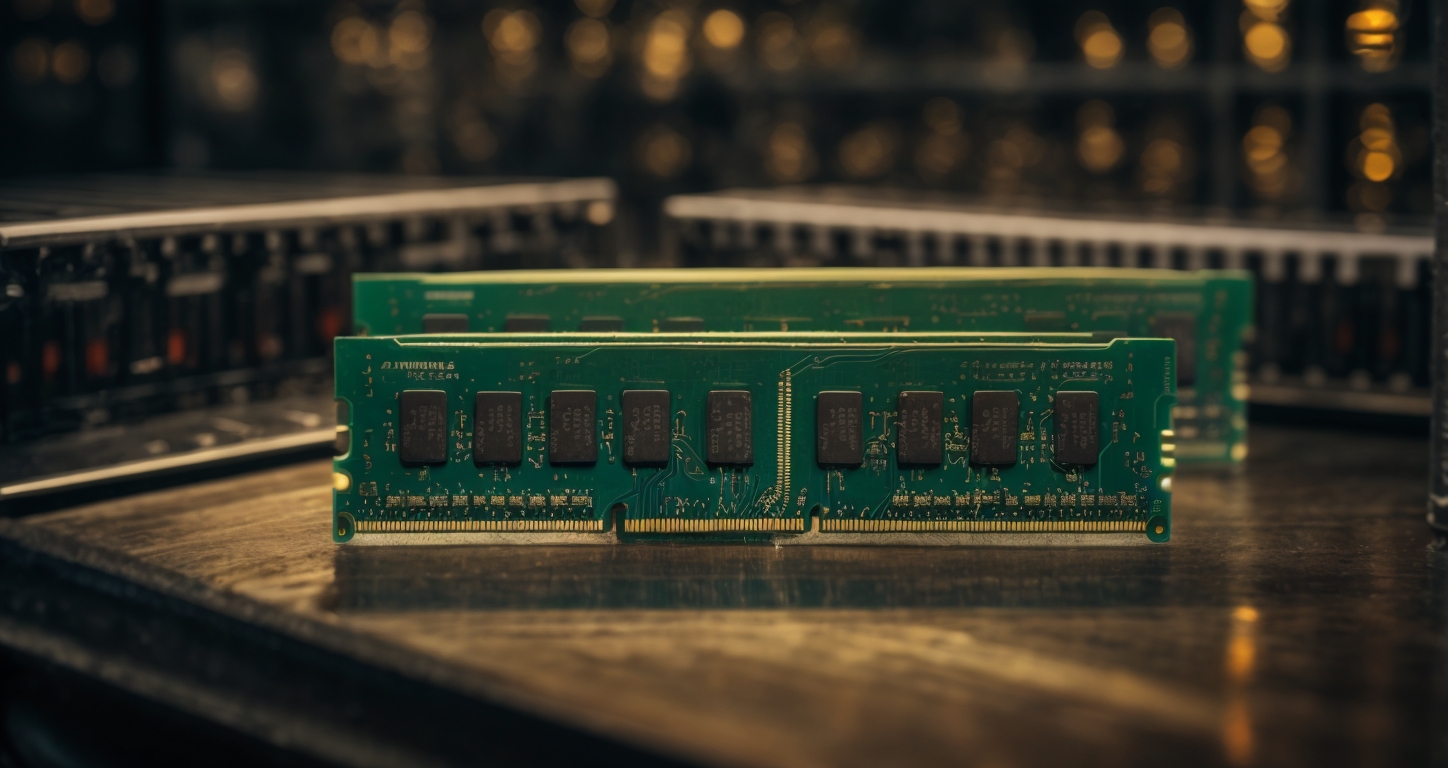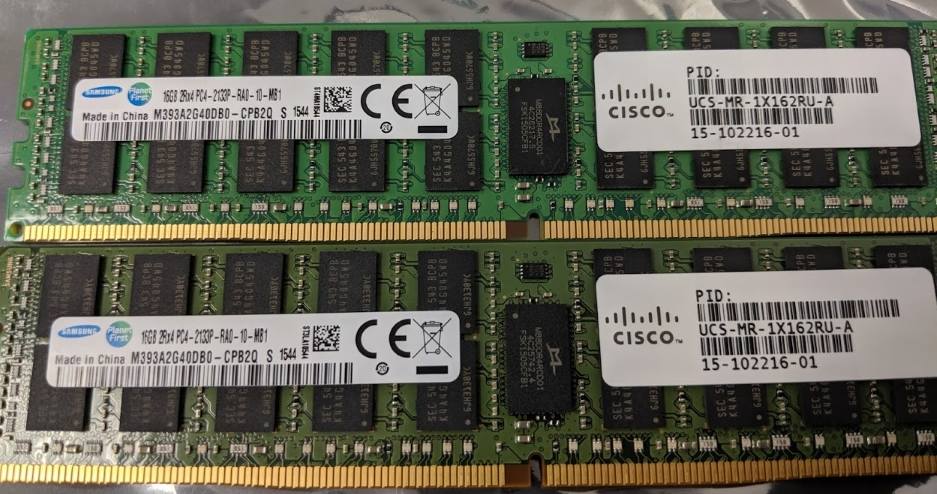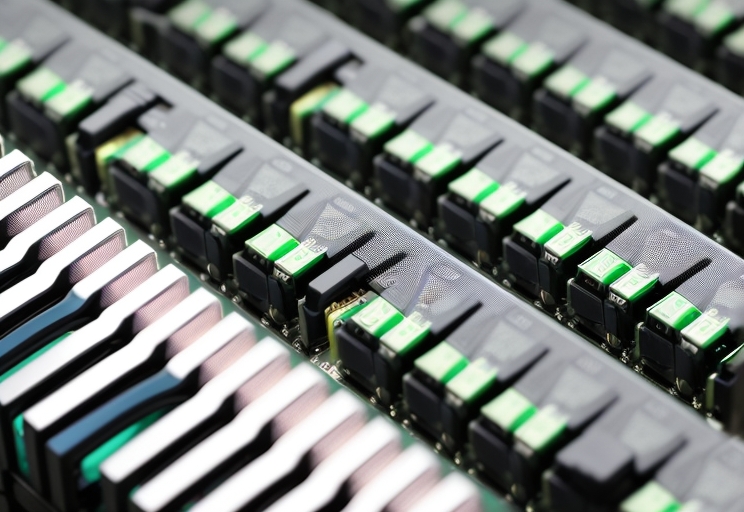Error-correcting code (ECC) memory is a type of computer data storage that can detect and correct the most common kinds of internal data corruption. ECC memory is used in most servers and some workstations to achieve high reliability and integrity of data. This article aims to provide an in-depth understanding of ECC RAM memory, how it works, its benefits, and the differences between ECC and non-ECC memory.

Table of Contents
What Causes the Errors
Errors in RAM can be caused by various factors such as electrical or magnetic interference, manufacturing defects, and cosmic rays. Electrical or magnetic interference can cause bits to flip, leading to data corruption. Manufacturing defects can result in faulty memory cells that may not store data correctly. Cosmic rays, high-energy particles from space, can also cause bits to flip and lead to errors in data. ECC memory is designed to detect and correct these types of errors to ensure the integrity and reliability of data.
How ECC Memory Works
ECC memory works by adding extra bits to each byte of data, which are used to store a parity check code. The parity check code is used to detect and correct errors in the data. When data is written to memory, the ECC circuitry generates the parity check code and stores it with the data. When data is read from memory, the ECC circuitry recalculates the parity check code and compares it to the stored code. If there is a mismatch, the ECC circuitry can identify and correct the error, ensuring the integrity of the data.
How to Determine if You Use ECC Memory
To determine if you are using ECC memory, you can check your computer’s specifications or documentation. Additionally, you can use the following Linux command to check for ECC support in your system memory:
dmidecode -t memory | grep "Error Correction Type"
This command will display the error correction type of your system memory. If it displays “Multi-bit ECC” or “Single-bit ECC,” your system is using ECC memory. If it displays “None,” your system is not using ECC memory.
ECC Memory vs Non-ECC Memory
ECC memory and non-ECC memory differ in their ability to detect and correct errors. ECC memory contains additional circuits and parity bits that allow it to detect and correct single-bit errors and detect double-bit errors. This ensures the integrity and reliability of data stored in ECC memory. In contrast, non-ECC memory lacks these additional circuits and parity bits, and thus cannot detect or correct errors. This makes ECC memory more suitable for servers and workstations where data integrity and reliability are crucial.

Why ECC Memory is Used in Servers
ECC memory is commonly used in servers because servers often handle large amounts of data and require high levels of data integrity and reliability. The ability of ECC memory to detect and correct errors helps to prevent data corruption and ensures that the data stored in memory is accurate and reliable. This is especially important in mission-critical applications where data accuracy is essential. ECC memory also helps to improve the overall stability and reliability of servers, making them more suitable for demanding applications.
ECC UDIMM vs RDIMM
ECC UDIMM (Unbuffered DIMM) and ECC RDIMM (Registered DIMM) are two types of ECC memory modules. ECC UDIMM memory modules are typically used in desktops and workstations, while ECC RDIMM memory modules are used in servers. ECC RDIMM memory modules have a register between the memory controller and the DRAM, which helps to stabilize the data signals and allows for the use of more memory modules. In contrast, ECC UDIMM memory modules do not have this register, and are therefore limited in terms of the amount of memory that can be installed.
Speed of ECC Memory vs Desktop Memory
The speed of ECC memory is generally slower than that of desktop memory due to the additional time required for error checking and correction. However, this difference in speed is often negligible and does not significantly affect the performance of the system. In fact, the benefits of ECC memory, such as improved data integrity and reliability, often outweigh the slight decrease in speed. Moreover, the latest ECC memory modules are designed to be more efficient and have minimized the difference in speed between ECC and non-ECC memory.
How Data is Recovered
ECC memory recovers data by detecting and correcting errors in the data stored in memory. When data is read from memory, the ECC circuitry recalculates the parity check code and compares it to the stored code. If there is a mismatch, the ECC circuitry can identify and correct the error, ensuring the integrity of the data. In the case of single-bit errors, ECC memory can correct the error and provide the correct data. In the case of double-bit errors, ECC memory can detect the error but may not be able to correct it.
The Price of ECC Memory
ECC memory is generally more expensive than non-ECC memory due to the additional circuits and parity bits required for error checking and correction. However, the price difference between ECC and non-ECC memory has decreased over time, and ECC memory is now more affordable for consumers. Despite its higher price, ECC memory is a worthwhile investment for servers and workstations where data integrity and reliability are crucial. The benefits of ECC memory, such as improved data integrity and reliability, often outweigh the additional cost.
Popular Linux Commands about ECC Memory
Linux provides several commands to check for ECC support and errors in system memory. The following commands can be used to check for ECC support and errors:
dmidecode -t memory | grep "Error Correction Type" – This command displays the error correction type of your system memory.
edac-util --status – This command displays the status of ECC support and any errors detected by the ECC memory.
These commands are useful for monitoring the health and status of ECC memory in Linux systems.

Conclusion
ECC memory is a crucial component in servers and workstations where data integrity and reliability are of utmost importance. The ability of ECC memory to detect and correct errors helps to ensure the accuracy and reliability of data stored in memory, making it a worthwhile investment for mission-critical applications. While ECC memory is generally more expensive than non-ECC memory, the benefits of improved data integrity and reliability often outweigh the additional cost. Moreover, with the availability of popular Linux commands, it is easier than ever to monitor the health and status of ECC memory in your system.


This article incorporates information and material from various online sources. We acknowledge and appreciate the work of all original authors, publishers, and websites. While every effort has been made to appropriately credit the source material, any unintentional oversight or omission does not constitute a copyright infringement. All trademarks, logos, and images mentioned are the property of their respective owners. If you believe that any content used in this article infringes upon your copyright, please contact us immediately for review and prompt action.
This article is intended for informational and educational purposes only and does not infringe on the rights of the copyright owners. If any copyrighted material has been used without proper credit or in violation of copyright laws, it is unintentional and we will rectify it promptly upon notification. Please note that the republishing, redistribution, or reproduction of part or all of the contents in any form is prohibited without express written permission from the author and website owner. For permissions or further inquiries, please contact us.




User comments
so the ECC is needed in servers because no errors? and if error will be, what happens?